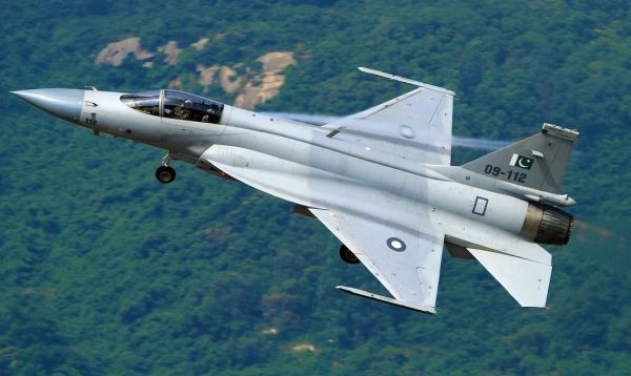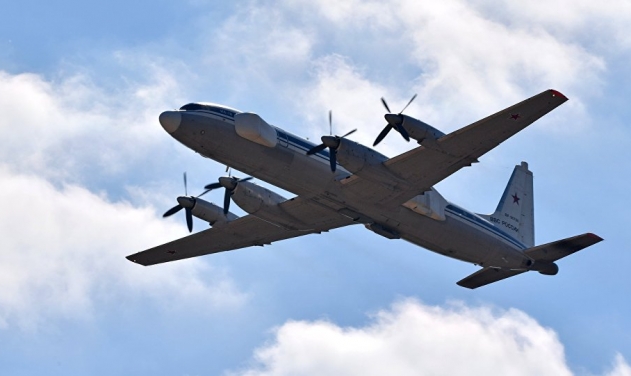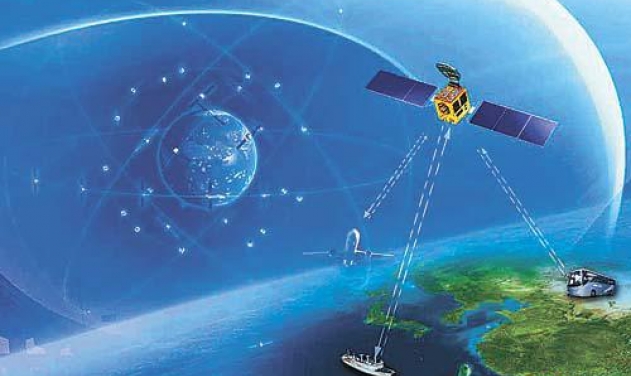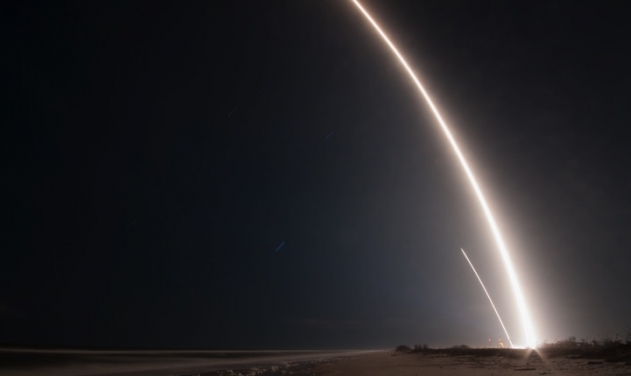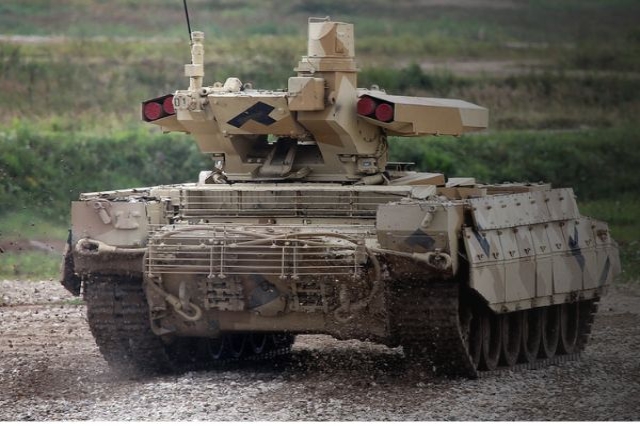Pakistan's First High Resolution Imaging Satellite Launched
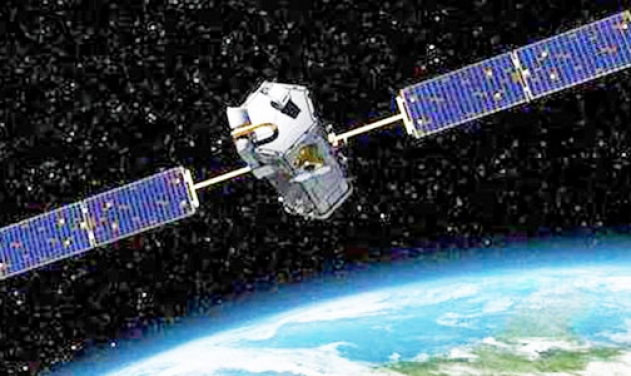
Pakistan's first high resolution imaging satellite with a resolution of one meter was launched today by a Chinese Long March 2-C Rocket.
The PRSS-1 is China's first optical remote sensing satellite sold to Pakistan developed by the China Academy of Space Technology (CAST). It will be used for land and resources surveying, monitoring of natural disasters, agriculture research, urban construction and providing remote sensing information for the Belt and Road region, according to Xinhua.
A scientific experiment satellite, PakTES-1A, developed by Pakistan, was sent into orbit via the same rocket. After entering orbit, the PRSS-1 is in good condition with its solar panels unfolded smoothly, according to CAST.
Monday's launch is the 279th mission of the Long March rocket series. Long March-2C rockets are mainly used to send satellites into low Earth or Sun-synchronous orbits.
The satellite, which has a designed life of seven years, is equipped with two panchromatic/multispectral cameras, with a resolution up to a meter and a coverage range of 60 km.
Designers say the two cameras are among the best exported remote sensing cameras made by China. They can be used to monitor plant diseases and pests.
Each camera has independent image processing, storage and transmission capability. The design of lossless compression could greatly improve the quality of the images, according to designers.
A specially designed orbit will ensure the satellite operates steadily and will optimize the image quality.
The satellite can turn at wide angles to enable the cameras to cover a wider range. The PRSS-1 has an information security design, and the data can be encrypted.
The data transmission system is a mature technology, which has been used in more than 20 Chinese satellites, He Xinyang, vice president of the Xi'an branch of CAST, was quoted as saying by Xinhua.
When the satellite flies over Pakistan, it can send back real-time images, said Zhang Qian, a designer for the data transmission system. When it exhausts its fuels and comes to the end of its life, it will be steered out of orbit and burned up in the atmosphere to avoid becoming space trash.
